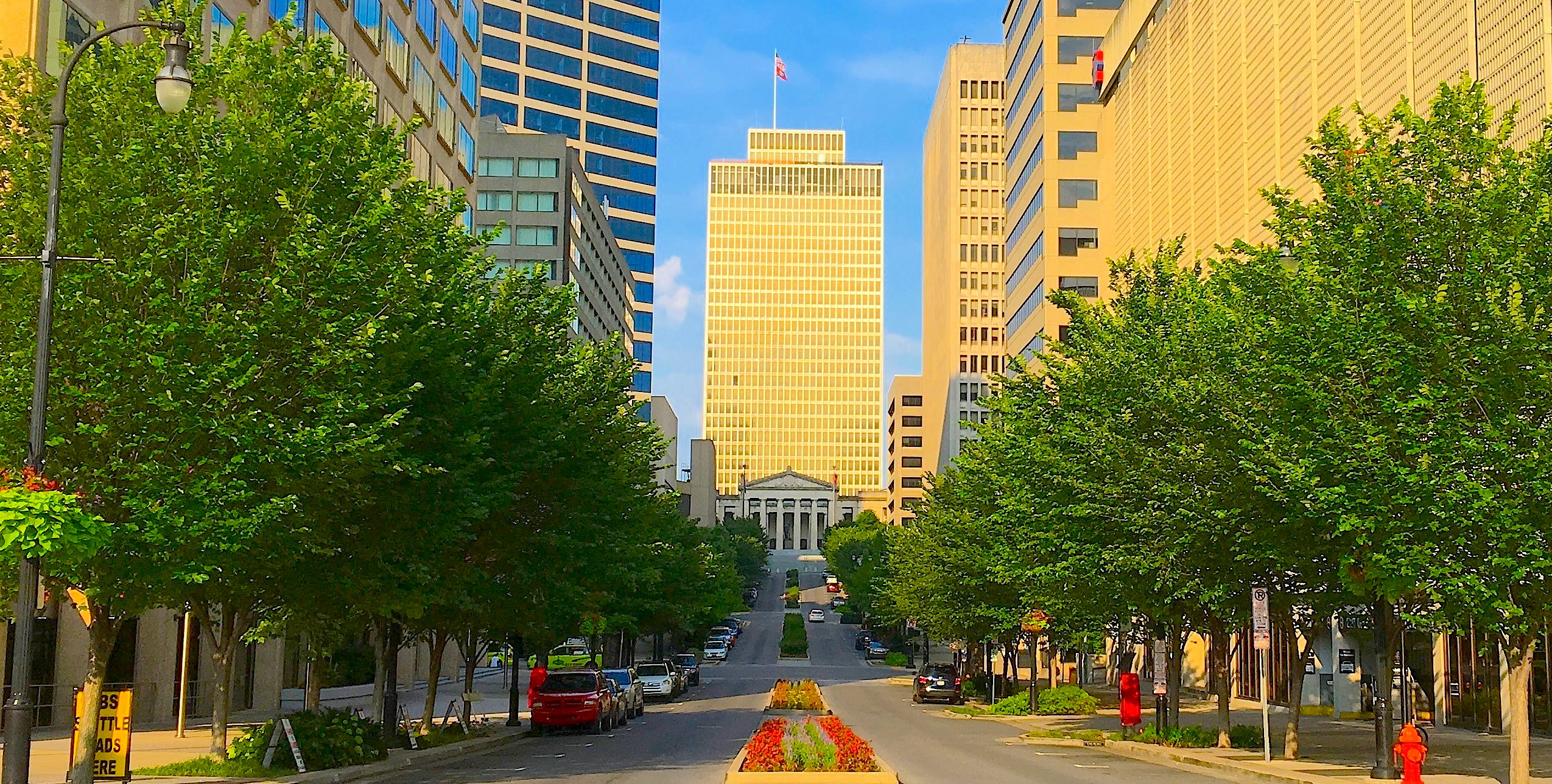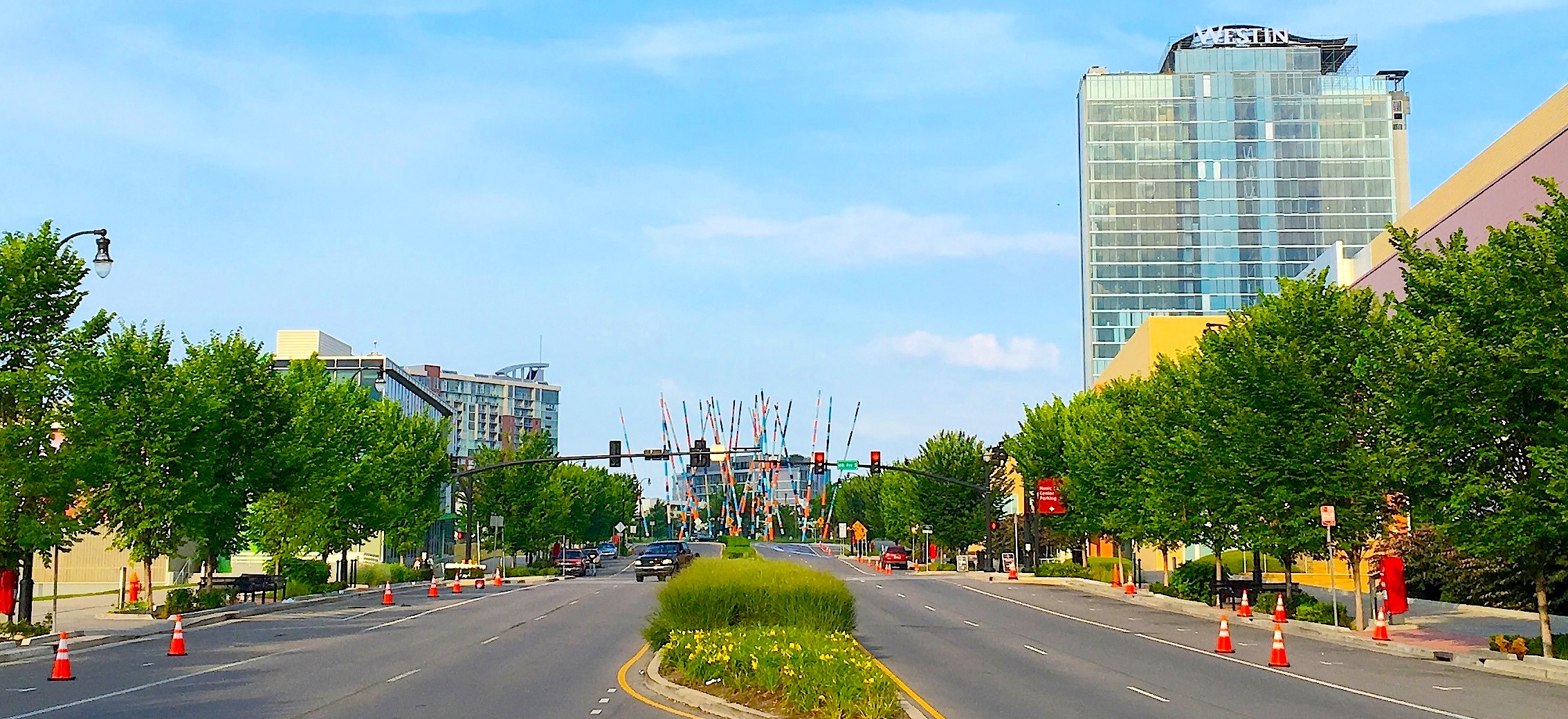This post is by Selina Chen. See her bio and contact information below.
When I told a friend that I was going to be doing research with a professor over the summer on Computational Sustainability, my friend said, “That’s so cool!….what’s Computational Sustainability?”.
Having barely been introduced to the field at the time myself, I tried to explain it as best I could: “It’s, you know, computing! But for sustainability!” (Such a great in-depth explanation, I know. Though I’m undoubtedly still a novice in the field, I like to think I could offer a more thorough and compelling answer now.)
Nevertheless, I’m sure this is a question that many across the CompSust Network have encountered when speaking to people who aren’t in the field. It isn’t that people aren’t aware of Computational Sustainability efforts – you hear about awesome, new inventions to help protect the environment in the news all the time, like the PAWS software mentioned in a previous post on this blog. It’s just that the name “Computational Sustainability” isn’t tied to these projects that are in the news, which is understandable given the field’s relative youth.
So what can we do to get people’s attention, and let them know that this a field of study that they, too, can participate in and learn more about?
Well, we already discussed some of the current efforts being made to raise interest and awareness, including the introduction of Computational Sustainability into higher education. However, for the general public, broader, less academic-focused overtures need to be made. Your average citizen isn’t going to dive into research papers on how best to optimize wildlife protected habitat or how to best locate wind farms, for example.
A huge component in getting people interested in Computational Sustainability, and sustainability generally, may involve making them feel like they can contribute. Of course, getting everyone to participate has its difficulties, as people don’t just want to be told they make a difference – they want to see the visible impact that their efforts have made. A common question is “What difference can one person make?”. This is an understandable attitude, since the difference one individual can make by changing their lifestyle and habits is so very small, but one that needs to be overridden if change on a global scale is to occur. For example, research into behavioral wedges seek to incentivize and change environmental behaviors of individuals.
One way we can get people engaged is by “bringing the issues home.” This can be done in a variety of ways, such as focusing more on consequences of research and development on local community. For example, NASA’s Exploring the Environment through Global Climate Change website has some excellent instructional tools and resources for making it local and educating the community on environmental issues. Since I am writing from Nashville, I will draw upon some Nashville examples.
An example of computational sustainability research that would be of great interest in Nashville, and many other places, is a paper written by researchers at the University of Colorado. They address the ways in which residential landscape design can conserve water through the phenomenon of facilitation, in which some plants are placed to shade other plants from harsh sun. Obviously, such an application, focused on residential systems, would have attractions in a local setting.
Another research project with the potential to connect computational sustainability with local concerns is the Nashville Yard Project, which is also concerned with landscaping. The goal of this project is to help homeowners make eco-friendly lawn care decisions on lawn fertilization so as to mitigate nitrous oxide emissions. This project does not currently employ computational methods, but there are clear possibilities to use and study computing-enabled social networks and citizen science, agent-based modeling, and computer simulations.
Various other projects are being carried out by groups like Metro Nashville Public Works, the Cumberland River Compact, and the Mayor’s Office Infrastructure and Sustainability team. An on-going example is the Green and Complete Street Project, which involves designing sustainable, eco-friendly streets, which help to alleviate flooding and promote commerce. An article detailing the design process and implementation of the first of these streets, Deaderick Street, can be found here.

(A photo of the Deaderick Street, Nashville’s first ‘Green Street’ project. Image Credit: Douglas H. Fisher)
The Green Street Project, as with the Yard Project, may not involve computing in its current form, but social networking, citizen science, and agent-based modeling are all computational sustainability themes that could be employed in this project. Certainly, they may have already used computational concepts during the project, such as optimization to maximizes greenery and water diversion, while providing enough room for traffic, bicyclists, and pedestrians.
My highlights of the Green Street Project and the Yard Project are intended to show the potential of starting with a local project, and bringing computational sustainability into it. The first paper I highlighted, on landscape design to conserve water, highlights the potential for the inverse — starting with an abstract computational sustainability project and making it local.
With the exception of the completed Deaderick “Green” Street and other green streets (e.g., Korean Veterans Parkway), the projects above are research that lack visibility to the general public, and thus ones in which the citizenry cannot participate in or use for their own ends. Sure, people believe that “more plants = good” but they probably don’t know that the type of fertilizer they choose can have an impact on emissions or that the way they decide to design their gardens/landscape could help conserve water.
One of our aims on this blog, and one of the projects you’ll be hearing more about from us in the future, is our goal of coming up with strategies that take research results and make them local, and otherwise compelling to citizens.

(A photo of the Korea Veterans Parkway, another of Nashville’s ‘Green Streets’. Image Credit: Douglas H. Fisher)
Selina Chen is a Computer Science undergraduate at Vanderbilt University, with a love for sci-fi novels, superheroes, and art. Currently, she’s having fun exploring the various ways art can be used to make data beautiful and engaging for the public.The opinions expressed herein are Selina’s and not necessarily those of Cornell University. You can reach Selina at Selina.Chen@vanderbilt.edu.